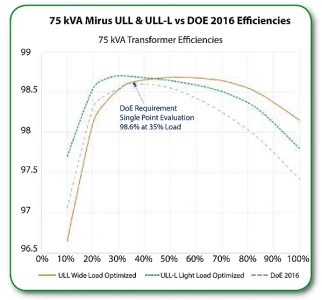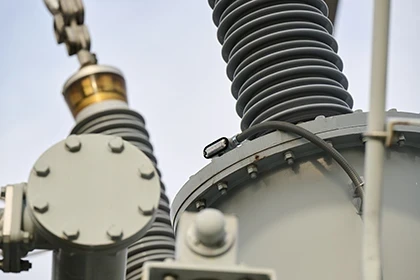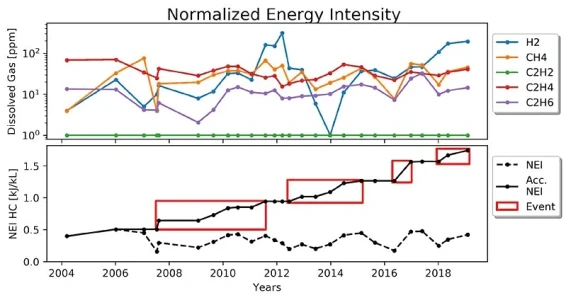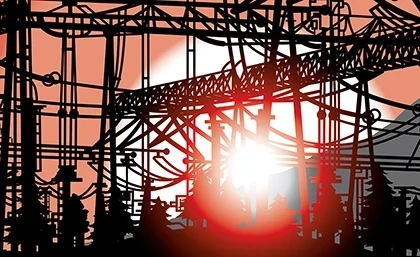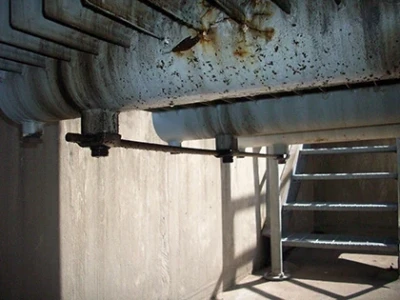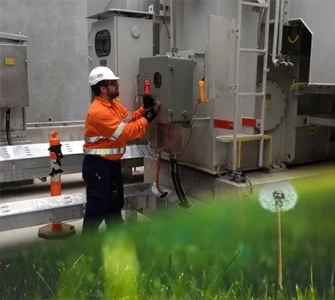Advancements in Dissolved Gas Analysis: Risk Assessment

In general, the purpose of periodic screening with DGA for power transformers is risk assessment. Is any transformer likely to fail in service? If so, how severe is the problem? Previous articles in this series have described ways to improve DGA interpretation. In this article we provide a glimpse of what modern statistics can say about risk assessment, after the previous steps are performed.
Conventional practice with IEEE or IEC guidelines is to compare gas concentrations and rates of increase with predetermined limits and produce a grade school assessment of "Good", "Poor", or "Bad",
[1, 2]. Often this carries the assumption that a bad result indicates a higher, yet undefined, risk of failure in service. In particular it has been assumed or implied that higher gas levels signify higher risk of failure. Everyone agrees that some rate of fault gas production is a bad sign, but the basis for defining limits has been to find large outliers, not to connect the gassing back to actual failure data.
Statistical survival analysis is used in reliability engineering to model how failures relate to observable quantities like service age, operating conditions, defects, and so on
[3]. For applying survival analysis to DGA, the analysis requires DGA results as of the most recent in-service sample, date that the transformer failed, and circumstances of the failure
[4]. All data should be compiled for failure cases to incorporate additional risk factors into a more holistic model. Learn from failure.
Read full article in the Linemen Safety Special Edition 2020.

